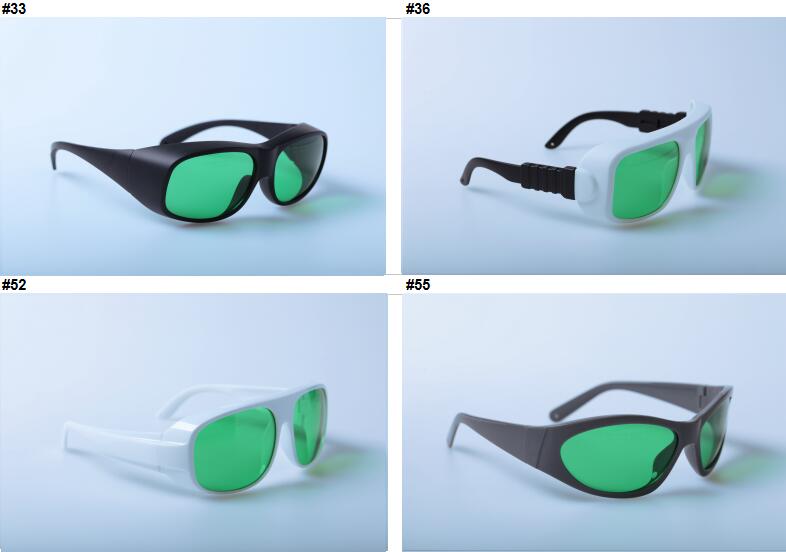| Availability: | |
|---|---|
LP-RTD-4 with Frame36
Laserpair
Overview
Model Number: LP-RTD-4 Laser Safety Glasses
Brand Name: LaserPair
Place of Origin: Guangdong, China
Material:PC + Absorber material
Protect Wavelength:630 - 660nm & 800 - 830nm & 900-1100nm
Selling Units: Single item
Supply Ability : 100000 Piece/Pieces per Month
Single gross weight:0.500 kg
Single package size: 20X10X10 cm
Package Type:PC/Leather Box, 100PCS/CTN, CTN Size: 71*39*43cm
Product Description
Experience unparalleled comfort with our Comfortable IPL Safety Goggle. Crafted with precision, these goggles are ergonomically designed to fit snugly around your eyes, providing a secure and comfortable fit. Safe practices and proper usage of safety equipment should be taken into consideration when operating lasers. The eye is susceptible to injury, even from very low levels of laser light.
LaserPair offers a range of laser safety glasses that can be used to reduce the risk of accidents or injuries. Laser emission in the visible and near infrared spectral ranges has the greatest potential for retinal injury, as the cornea and lens are transparent to those wavelengths, and the lens can focus the laser energy onto the retina.
Overview
Model Number: LP-RTD-4 Laser Safety Glasses
Brand Name: LaserPair
Place of Origin: Guangdong, China
Material:PC + Absorber material
Protect Wavelength:630 - 660nm & 800 - 830nm & 900-1100nm
Selling Units: Single item
Supply Ability : 100000 Piece/Pieces per Month
Single gross weight:0.500 kg
Single package size: 20X10X10 cm
Package Type:PC/Leather Box, 100PCS/CTN, CTN Size: 71*39*43cm
Product Description
Experience unparalleled comfort with our Comfortable IPL Safety Goggle. Crafted with precision, these goggles are ergonomically designed to fit snugly around your eyes, providing a secure and comfortable fit. Safe practices and proper usage of safety equipment should be taken into consideration when operating lasers. The eye is susceptible to injury, even from very low levels of laser light.
LaserPair offers a range of laser safety glasses that can be used to reduce the risk of accidents or injuries. Laser emission in the visible and near infrared spectral ranges has the greatest potential for retinal injury, as the cornea and lens are transparent to those wavelengths, and the lens can focus the laser energy onto the retina.
Frame Information

Frame Information

CE Certified

CE Certified

Exhibition


Exhibition


